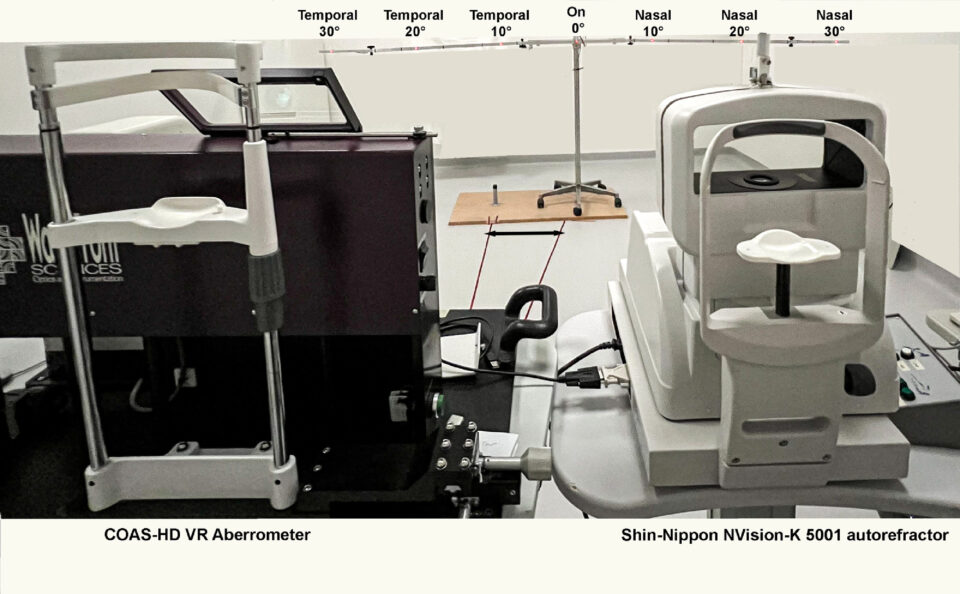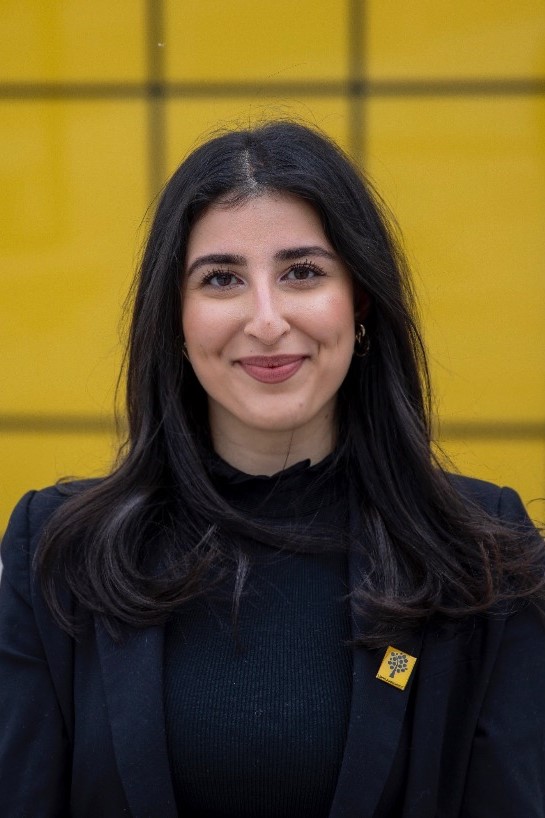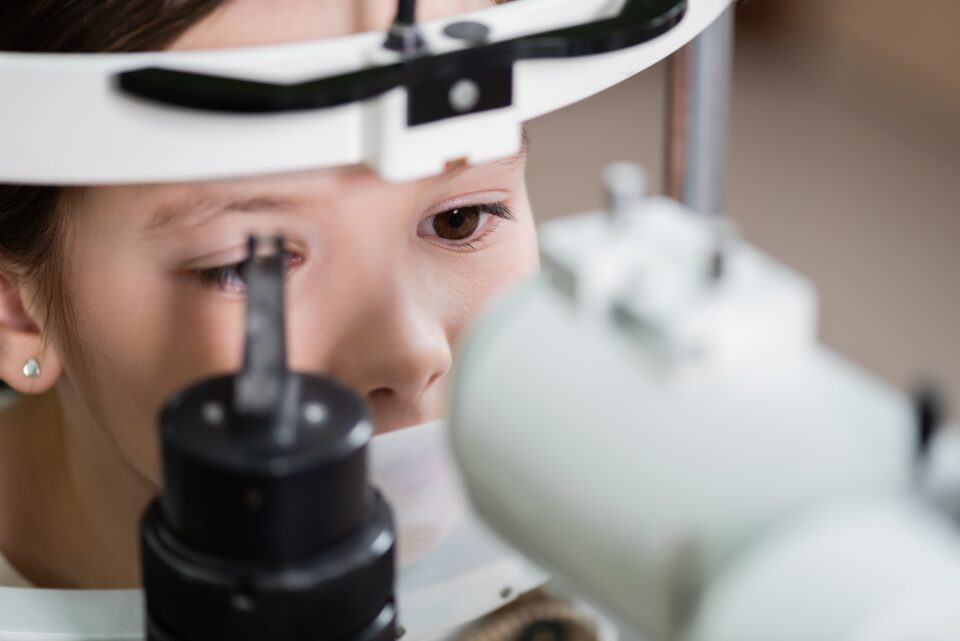
Peripheral refraction with open-field instruments
Peripheral refraction with open-field instruments
Measuring peripheral refraction can be problematic because the position of the pupil in relation to the machine changes and becomes an ellipse instead of a circle. In addition, measuring the peripheral refraction in children is challenging because they might have a poor fixation when looking side-ways which can introduce some mistakes in the measurements.
The most common device for the labs conducting myopia studies with humans is the open view Shin-Nippon/Grand Seiko autorefractor. The Shin-Nippon autorefractor was not well tested in children when measuring the peripheral refraction.
In this video, the research team from Linnaeus University in Kalmar will compare two open-field instruments for peripheral refraction measurements in children.
You can find the related research paper here.
The video features Pelsin Demir and her supervisors: Karthikeyan Baskaran, university lector at Linnaeus University in Sweden, and António Macedo, docent at the same university.



